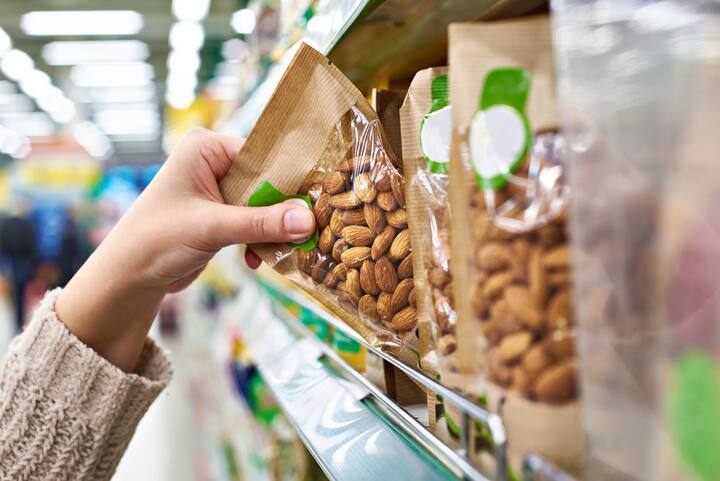
6 tips for translating labels
22 April 2024
6 tips for translating labels
As a food company, you regularly have to deal with translating labels. Retailers sometimes require multiple languages on a label, and if you want to export your products, the label information must be displayed in the correct language. The product must also comply with the legislation in the country of sale. In this blog, we give you 6 tips for translating labels.
Tip 1: Check whether the ingredients are permitted
Always check first whether the ingredients are permitted in the country of sale. If, during the translation of the label, it appears that an ingredient is not permitted in the country where you want to sell the product, the product may not be sold.
Therefore, make the buyers within your company aware that ingredients sold outside the EU are not always permitted within the EU. If in doubt, have the ingredients of your product checked before purchasing. Products are regularly imported from countries such as the United States or Asia. The additive magnesium stearate is often added to confectionery in the US, but this additive is not permitted in the EU. The use of bleached wheat flour is also not permitted in the EU, while it is often used in biscuits in the US. There are several other examples of ingredients that are not permitted in products sold within the EU.
Tip 2: Use translations of the legislation
You can open an EU Regulation in multiple languages on the EUR-Lex website. A number of legal texts are laid down verbatim in the regulation. By opening the Regulation in a different language in a separate tab in your browser, you can easily compare the legal texts. Translations for additive names and function groups can be found in Regulation 1333/2008, for example. Allergens and texts such as “Best before” can be found in Regulation 1169/2011.
Tip 3: Check whether the legal name is laid down in national legislation
A name that may be used in the Netherlands may, for example, be subject to national legislation in Germany. Germany, for example, has national legislation for confectionery in which various names are laid down. Whereas wine gums may be legally referred to as “Suikerwerk” in Dutch, in Germany they are referred to as “Gummibonbons”. Therefore, always use the name as laid down in the legislation of the country of sale.
Tip 4: Display the nutrition table correctly
In the EU, the nutrition table is expressed per 100 g or 100 ml, supplemented per serving if necessary. In the US and Indonesia, for example, it is presented differently, namely per serving only. Carbohydrates are also calculated differently in the US. The nutritional value table cannot therefore always be copied verbatim for other countries and sometimes needs to be converted first. It is also not permitted to include a US nutritional value table alongside an EU nutritional value table on the packaging. Keep this in mind when developing the label and labelling the product.
Tip 5: Beware of overly literal translations
When translating labels, it may seem useful to use translation tools such as Google Translate for individual words. Please note that some words are translated too literally.
Words that have a double meaning in Dutch, such as the ingredients bloem (flowering plant or the finest part of flour) and munt (currency or aromatic plant), can sometimes be translated with the wrong meaning. Therefore, always consult the correct sources when preparing translations. If necessary, seek the help of a labelling specialist.
Tip 6: Use the correct logos
Not all product logos may be used internationally. In the Netherlands, for example, we have the Beter Leven quality mark, but this logo is not used in other countries. Logos such as Fairtrade and MSC/ASC may be used internationally, but the claim accompanying the logo often has to be translated. In addition, some countries require certain recycling logos on packaging, such as the Triman logo in France and mandatory recycling information in Italy.
Need help?
You want to be sure that your products comply with the law. Even if you plan to sell them in other countries. An incorrect label can have serious consequences, such as a potential food safety hazard or a recall. If in doubt, seek advice from a labelling specialist in good time. They will help you draw up a correct label. Contact us and our specialists will help you as soon as possible. You are not alone.
Auteur: Naomi van der Velden
Labelling Specialist